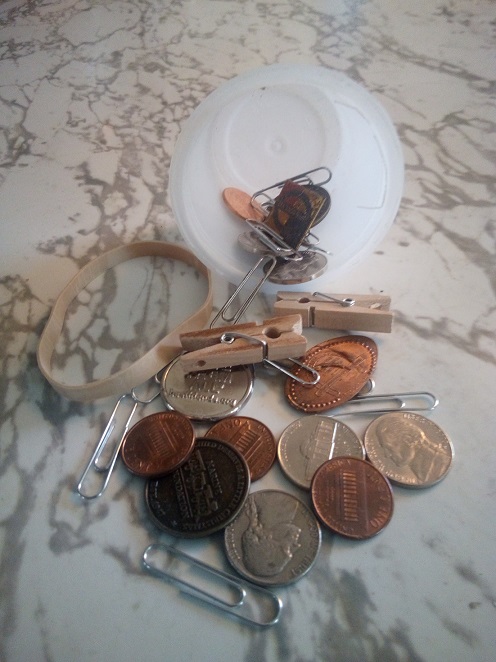It started in July. Suddenly businesses were putting up signs asking for customers to pay in exact change or to use a debit/credit card.
Some people reported that businesses were refusing to give them change in coins. So, what is going on?
First it is best described as a coin circulation problem rather than a coin shortage, as it is not impacting paper bills. The cause is the same for almost everything these days: COVID-19.
People have switched to using cards instead of cash because it limits contact during transactions.
Regular ways coins are distributed were severely limited during the early days of the pandemic.
With employees working from home, less people were using vending machines. Laundromats were closed in some areas.
People weren’t traveling as much, so they were not riding buses, washing their cars or parking on streets. All of this led to fewer coins being put into circulation.
Add in the fact that the federal mints reduced their production of coins to protect their employees in the spring and you have a situation where fewer coins are simply moving around the system.
“As of April 2020, the U.S. Treasury estimates that the total value of coin in circulation is $47.8 billion, up from $47.4 billion as of April 2019,” it explains on the Federal Reserve Web site.
“While there is adequate coin in the economy, the slowed pace of circulation has meant that sufficient quantities of coin are not readily available where needed.
“The coin supply chain includes many participants, from the U.S. Mint who produces new coin, to the Federal Reserve who distributes coin on the U.S. Mint’s behalf, to armored carriers, banks, retailers and consumers, all of whom have a role to play in helping to resolve this issue.”
On June 30, the Federal Reserve announced a “U.S. Coin Task Force” that would meet to “reduce the consequence and duration of COVID-19-related disruptions to normal coin circulation.”
The mint is again operating at full force, making about “1.6 billion coins in June and is on track to mint 1.65 billion coins per month for the remainder of the year,” according to information on the Web site.
“As the economy recovers and businesses reopen, more coins will flow back into retail and banking channels and eventually into the Federal Reserve, which should allow for the rebuilding of coin inventories.”
In the meantime, banks are being encouraged to only order the coin they need.
A few banks and businesses have even offered extra compensation for people cashing in coins they may have been collecting at home.
Some retail stores have been trying to handle the shortage by offering to donate change due to their customers to various charities rather than handing back coins.
Conspiracy theories have sprouted up to claim this is being done to stop people from being paid under the table or earning extra cash with odd jobs as an attempt to make sure these funds are taxed.
Control is what this is really about, the conspiracy theorists say because if we go to a cashless society, then “they” can cut you off from all your bank accounts and force you to comply with whatever they order you to do.
Others say it is an attempt to use card transactions to track you and trace your actions.
Realistically, this is a temporary situation and simply another side effect of the pandemic. As with everything else we all just need to be flexible and it will pass.
